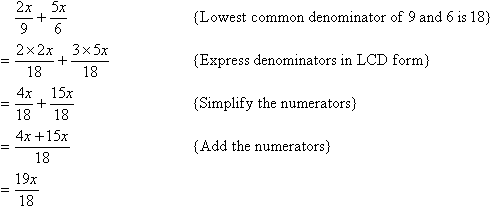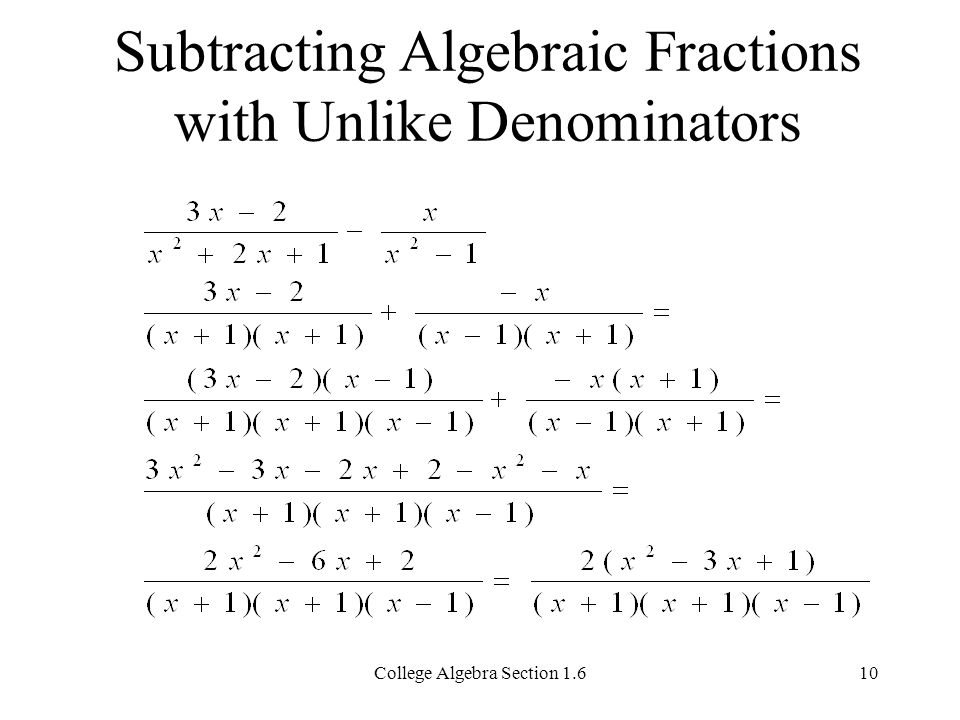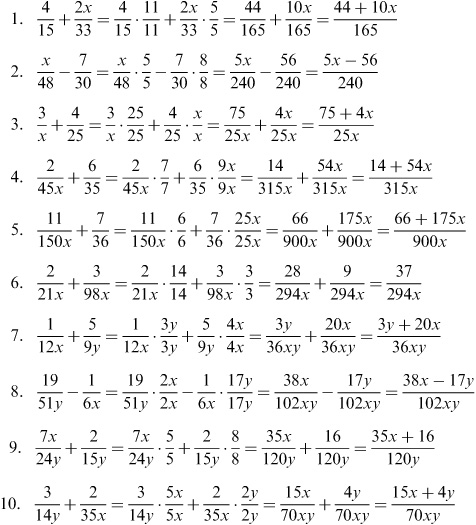How To Do College Fractions
The same fraction can be subtracted directly in the same way i.e. the smaller fraction can be subtracted from the larger one like: 5/8 – 3/8 = 2/8 5 For multiplying the decimals, you have to ensure that the fractions are first simplified as much as possible.
Sep 03, 2018 · Edit Article How to Solve Fraction Questions in Math. In this Article: Article Summary Multiplying Fractions Dividing Fractions Converting Mixed Numbers into Improper Fractions Adding and Subtracting Fractions Community Q&A Fraction questions can look tricky at first, but they become easier with practice and know-how.
How can the answer be improved?


Whole fractions. So far, you’ve learned that a fraction is a part of a whole. For example, 3/4 means you have three parts out of four parts total. But what if you had a fraction like this? 8/8. In this example, we have eight parts out of eight parts total. If the top number and the bottom number of a fraction are the same, then the fraction is equal to 1.
Fractions, Decimals, and Percents This Formula Solver Series program will help you learn how to convert a fraction to a decimal, and a decimal to a percent. This entry was posted in Basic Pre-Algebra and tagged algebra , college algebra , decimals , Equations and Inequalities , fraction , fractions , percent , percents , pre-algebra by Professor Cram .

Your cross multiplication of fractions problems will always look something like this: Problem 1 You have two fractions and a variable that you need to solve somewhere.
As a member, you’ll also get unlimited access to over 75,000 lessons in math, English, science, history, and more. Plus, get practice tests, quizzes, and personalized coaching to help you succeed.

Writing 2 1 ⁄ 3 as an improper fraction would look something like: Common Denominators. A common problem encountered when dealing with fractions involves finding a common denominator, or more importantly, the least common denominator. Before you can add or subtract fractions, you will need to find a common denominator.




How to do Fractions the Easy Way Understanding Fractions (the easy way!) Fractions: If you are multiplying a fraction by an integer, put the integer over one to make a fraction of it. Examples: Five times 4/5: Put the five over one, then multiply 5 x 4 to get 20 and 1 x 5 to get 5. Twenty can be divided evenly by 5 to give us an answer of 4.
Add fractions that have common denominators by adding the two numerators together and placing that sum over the common denominator. For example, in the equation 1/4 + 2/4, there is a common denominator of 4.
